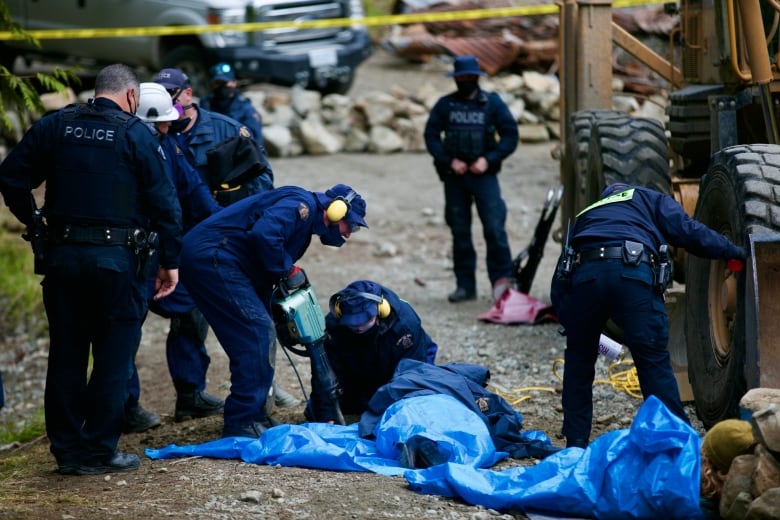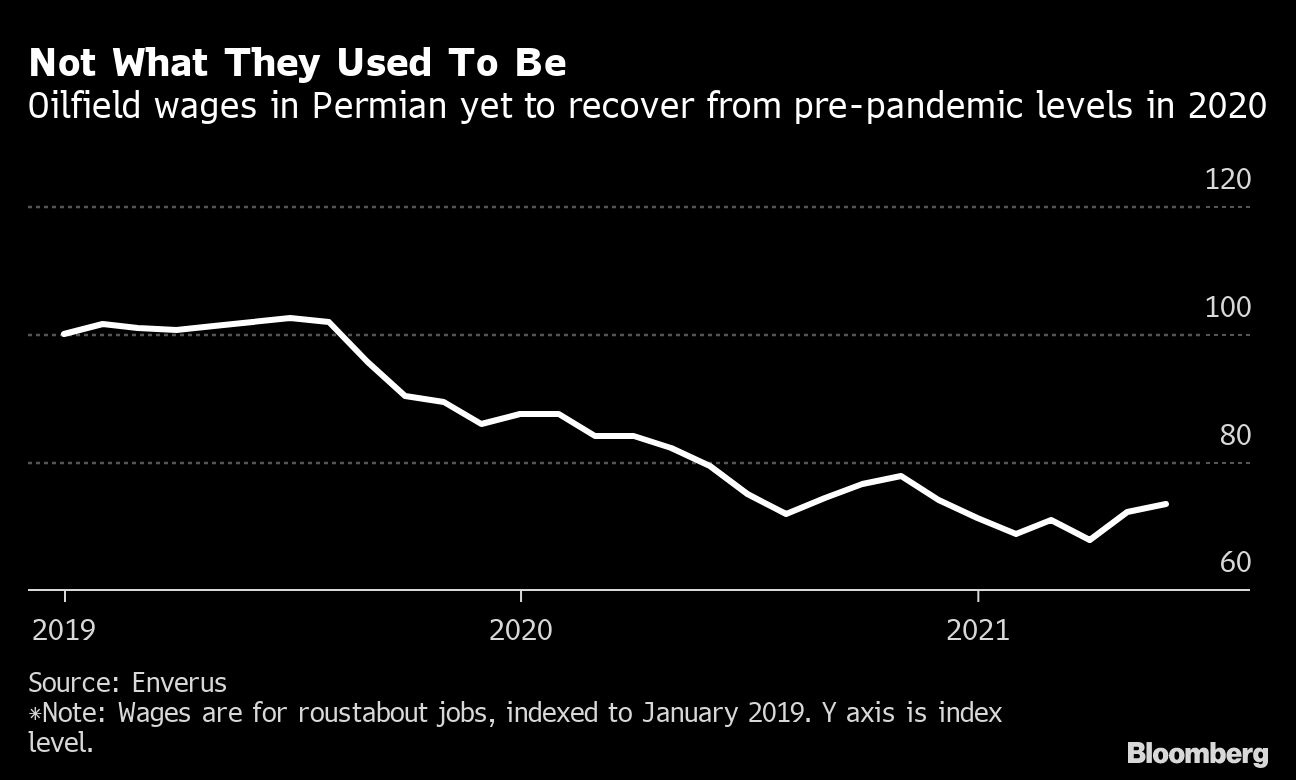Consequences of the loss of threatened vertebrates
IMAGE: TOUSSAINT ET AL 2021 - EXAMPLES OF THREATENED SPECIES SUPPORTING UNIQUE FUNCTIONAL TRAITS. view more
CREDIT: WIKIMEDIA COMMONS
The number of vertebrate species inhabiting the different regions of the world is highly variable, as is the proportion of threatened species. Some regions, such as the tropics, have more threatened species than is expected given the total number of species. Yet the vulnerability of the ecosystems facing the ongoing loss of species does not depend only on the species number but also on their ecological role. These roles depend on the characteristics of the species; their size, weight, shape, reproductive capacity, or the food resource they use. If threatened species have similar characteristics to non-threatened species, the loss of functions due to the extinction of threatened species might be compensated by other species. In contrast, if threatened species have unique characteristics, their loss can have a dramatic effect on the functioning of ecosystems, and the services they provide to human well-being.
To understand how the different regions across the world could be functionally impacted by the loss of threatened vertebrates, a research group from the University of Tartu and the University Paul-Sabatier (Toulouse) compiled data of characteristics on 50,000 vertebrate species (about 70% of all vertebrates) and their spatial occurrences in the six main biogeographic realms. Then, they compared whether the loss of threatened species will have similar consequences on the functional diversity in each biogeographic realm for each group of vertebrates. The conclusions were just published in Nature Communications.
For the five groups of vertebrates (birds, mammals, reptiles, amphibians and freshwater fishes) the loss of species currently identified as threatened by extinction by the International Union for the Conservation of Nature (IUCN) would cause vastly different effects ranging from almost no decline to a loss of up to 30% of the realms’ functional diversity. The Indo-Malay realm would be the most impacted by the loss of threatened species for mammals and birds (up to 20% decrease of functional diversity), while the Palearctic realm would be the most affected for reptiles, amphibians, and freshwater fishes (up to 30% decrease). The leading author, Dr. Aurele Toussaint notes, “Our study will have important consequences in terms of conservation planning. The Indo-Malay realm does not only host the highest proportion of threatened vertebrates on Earth but also threatened species with unique functional traits. Their loss would strongly imperil those fragile ecosystems. This highlights the need for action required for the biodiversity conservation in Asia.”
In order to understand the current and future threat to functional diversity we first need to know the distribution of functional diversity across the realms. Due to the long evolutionary legacy of the different taxonomic groups, species have evolved differently in each biogeographic realm and hence might have explored different ecological strategies. The researchers found that for birds and mammals, which are less affected by geographical barriers across long distances, most of the world's ecological strategies are represented in each realm. Thus, the functional diversity in each realm is comparable to the global functional diversity, and the loss of threatened species will have similar consequences across the world, but with different intensities. For mammals, the loss in functional diversity is mainly linked to the loss of the more charismatic primate species, such as chimpanzees (Pan troglodytes), bonobos (Pan paniscus) and gorillas (Gorilla spp.) in Africa, or orangutans (Pongo spp.) in the Indo-Malay realm, along with some spider monkeys (Ateles spp.) and capuchin monkeys (Cebus spp.) in the South-American tropics. For birds, the loss of functional diversity in the Indo-Malay realm is mainly due to the loss of large birds such as the White-shouldered ibis (Pseudibis davisoni) or the Indian vulture (Gyps indicus) which are edging very close to extinction, mainly due to habitat loss and degradation.
Contrastingly, for the reptiles, amphibians, and freshwater fishes, their isolation between realms and their lack of mobility has led to different life strategies associated with different functions in the ecosystem. Thus, the current occupation of the functional space for amphibians and freshwater fishes is more uneven among biogeographic realms, reflecting a functional adaptation to local environmental conditions. This implies that the loss of threatened species will affect different ecological strategies and intensity across the world. For instance, many large-bodied freshwater fishes, such as sturgeons (Acipenser spp.), are threatened in the Palearctic, whereas many small-bodied species, such as suckermouth armored catfishes (Chaetostoma spp.), are threatened in the Neotropics. Some threatened amphibian species such as salamanders (Salamandra lanzai or S. algira) are functionally unique in the Palearctic, whereas similar traits are filled by other amphibian species in tropics, such as the caecilians in Afrotropical, Neotropical, and Indo-Malay. This highlights that while for birds and mammals, global measures to protect large species with a slow pace of life must be considered, strategies must be adapted to each region for other vertebrate groups, targeting the species with unique functional traits.
Currently, conservation plans often target species diversity, under the assumption that it can act as a surrogate of the overall biodiversity. “The conservation strategies should then go beyond the sole number of species and target the species with a unique ecological role which play a critical role in the ecosystem functioning. For example, there are around 300 amphibian species in the Palearctic realm compared to over 1000 species in the tropical realms, but almost 30% of functional diversity would be lost in the Palearctic compared to 6% in the tropics. This shows that the threatened species in the Palearctic have much more unique functional traits.”, says Dr. Toussaint. In the context of global changes and sixth mass extinction, the functional decline of vertebrates would imperil the ecosystem functioning differently across the world. The effort devoted to the conservation of threatened species should consider the role of the species within their ecosystems.
###
JOURNAL
Nature Communications
METHOD OF RESEARCH
Meta-analysis
SUBJECT OF RESEARCH
Animals
ARTICLE TITLE
Extinction of threatened vertebrates will lead to idiosyncratic changes in functional diversity across the world
ARTICLE PUBLICATION DATE
26-Aug-2021











